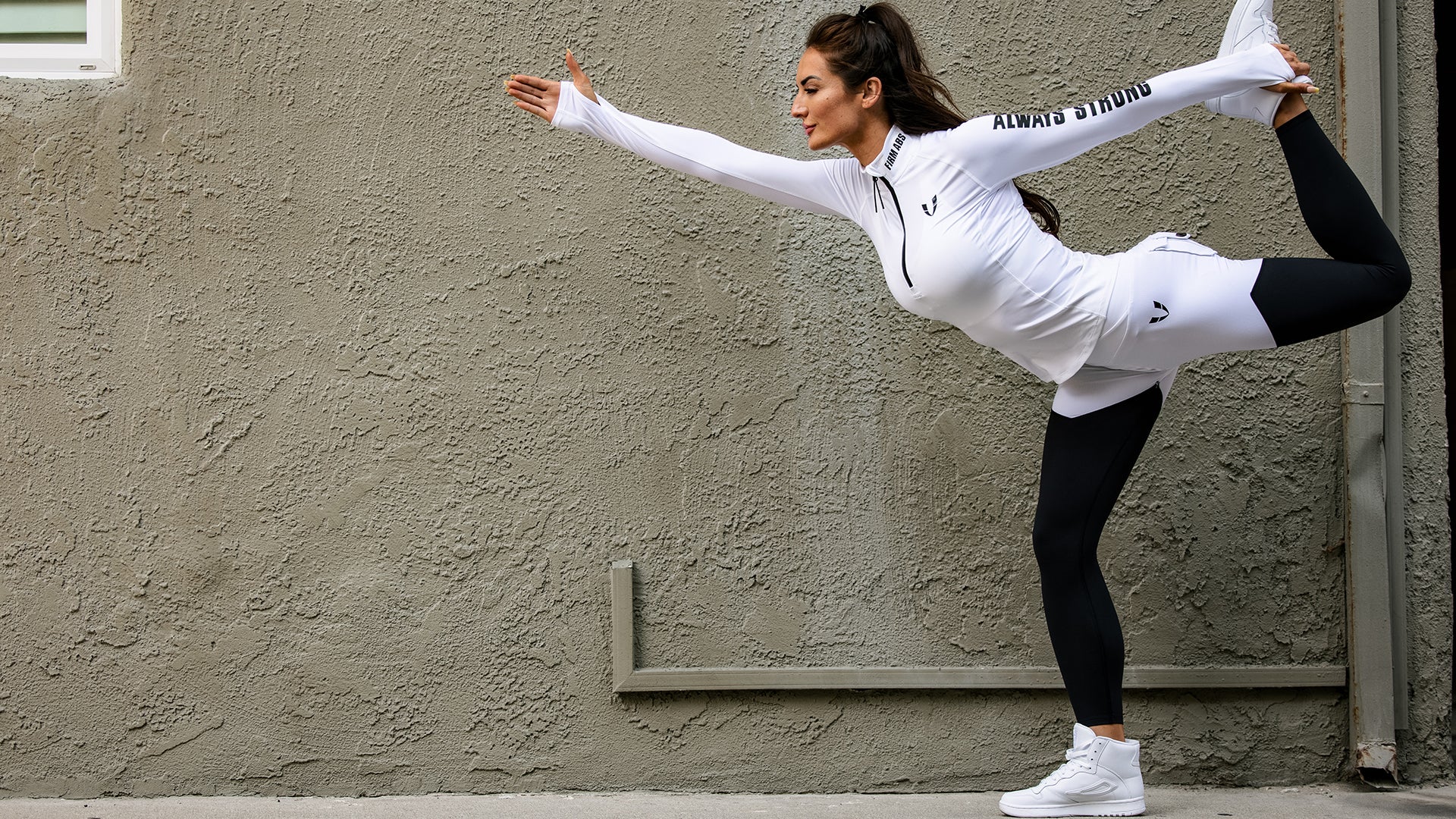
What's the difference between hiit and tabata?
This blog post will introduce you to the HIIT and Tabata training programs which can be used as a workout tools. This article aims to provide you with information on these topics to make an educated decision about which kind of approach might suit your needs. You'll also learn how these programs differ from one another, what they are both excellent for, and their pros and cons. It will include helpful examples of each type of training program as well.
What is HIIT?
HIIT stands for high-intensity interval training. It is a form of cardiovascular exercise that involves short, intense workouts followed by short rest periods. This training style has been researched extensively over the past decade and has shown promise for increasing aerobic and anaerobic fitness and improving body composition. In fact, in many cases, HIIT produces twice the results as traditional continuous exercise but in a fraction of the time.
It's a form of exercise where you alternate between high and low-intensity periods. In high-intensity periods, your body uses oxygen more quickly. Blood flows to your muscles more rapidly than in a steady-state workout when you exert the same energy level for an extended period.
So high, intensity interval training is shorter than anaerobic workouts such as sprinting. Still, the intensity is more significant than endurance training, where you usually stay at a steady pace.

What is Tabata training?
Tabata training is another high-intensity interval training workout. Instead of doing all-out exertion for 20 seconds and then resting for 10 seconds, as in HIIT workouts, you work at full intensity for 20 seconds and then rest for 10 seconds.
Tabata is a specific form of HIIT. It was developed by Dr. Izumi Tabata and became popularized when the Japanese speed skating team used it to become more competitive. The original study was conducted in 1996 and included 20 untrained volunteers who performed cycling exercises with short rests. The original study found that those who did the Tabata training increased maximal aerobic capacity, 40-50% higher than conventional steady-state (long duration) training.
What's the difference between Tabata and HIIT?
HIIT and Tabata share many similarities but some key differences are also. When it comes to what HIIT is, it is simply a form of intermittent exercise that involves a high-intensity effort followed by a short period of rest. This exercise can be done with either cardiovascular (cardio) or resistance training exercises. Cardiovascular HIIT would mean high-intensity running or cycling, while resistance training HIIT means high-intensity resistance exercises with short rests.
On the other hand, Tabata is a specific form of HIIT that Japanese researcher Dr. Izumi Tabata developed. It was designed to be conducted during a particular bout of exercise, 20 seconds of maximum effort followed by 10 seconds of rest. The extreme intensity experienced in that 10-second long bout leads to the fantastic results seen in the original Tabata study. Since it was developed, there have been several different variations of Tabata training. Still, the general procedure has remained the same: 20 seconds of exercise, 10 seconds of rest, and 20 seconds of rest (evenly spaced over 6 minutes) for four cycles. Note that this is not confused with the "classic Tabata" in the original study. This particular routine is popularized by fitness guru Martin Gibala and is performed using a stationary bike for 20 seconds of exercise followed by 10 seconds of rest for eight total cycles.
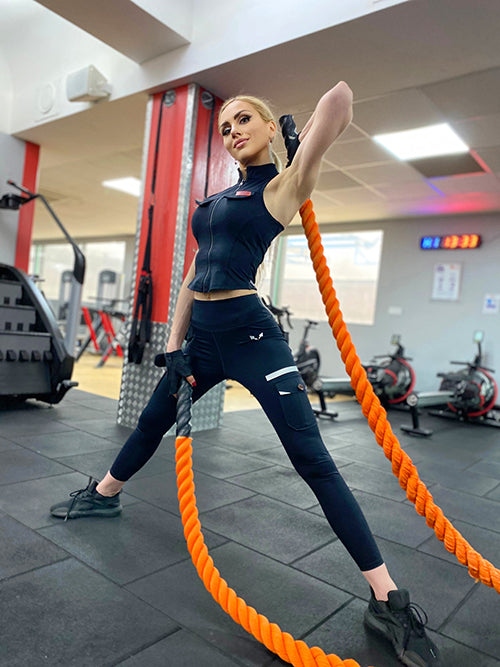
Which one is better for fitness?
Since we've just discussed some of the differences, it should be evident that these two forms of training are quite different. Hypertrophy (muscle growth) is not the primary goal with HIIT, so you are unlikely to see increased muscle mass through HIIT alone. On the other hand, with Tabata training, the extreme intensity will increase hypertrophy (muscle growth). However, most of that increase in muscle mass will be due to sarcoplasmic hypertrophy, which doesn't correlate strongly with strength gains. So it can be argued that Tabata training is better for strength gains and muscle gain, but you have to balance out the negatives with an increase in protein synthesis. The positive factors of Tabata training are:
The intensity is high enough to maximize the response to growth hormone, resulting in a significant increase in muscle protein synthesis. The short rest periods will burn a lot of fat compared to traditional continuous cardio training.
Best type of HIIT workout for beginners
You start with a warm-up, something that gets your heart rate going and your muscles ready to move, but not too hard. The point of this is to bring blood flow to all parts of your body, not exhaust you before you can get started on the actual work. From there, you will do some light aerobic exercise followed by a set amount of activities that are intense enough that they push you out of an aerobic state into an anaerobic one.
An example of this might be 10 minutes of jumping jacks and then 20 minutes of sprints, jacks, and squats with a 20-second break between each. This is a very doable workout for beginners who are looking to get in trouble shape quickly. This routine can easily be adapted to your fitness level and personal goals.
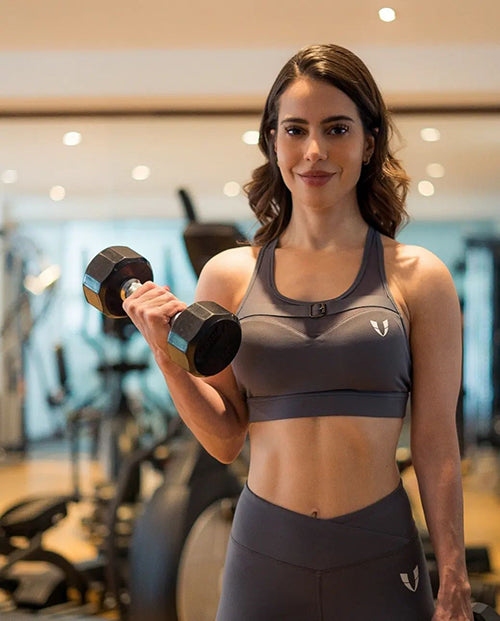
Tabata workout Procedure
- Find a pace that you can maintain for 20 minutes, which is what 8 Tabata periods are. Stroll and increase the speed every minute until you are sprinting at the end of the 4-minute workout segments. If your heart rate monitor doesn't have a button to hold down, try to maintain a steady pace by keeping your HR under the target zone by taking short walks between periods of intense exercise.
- Before starting the workout, I like to do a few minutes of dynamic stretching to warm up.
- Start with 1 minute light exercise, then switch to hard sprinting for 20 seconds, and then rest for 10 seconds. Repeat this eight times, then stroll for a recovery round and repeat the entire 4-minute exercise session five times
- As I mentioned earlier, you should never try to do more than 4 minutes of work and 8 minutes of rest in this workout. If your heart rate is too low, then you can self-terminate by taking a rest until your HR has returned to normal and then continue the routine again.
- The best way to get a good workout for Tabata is by doing this treadmill exercise. You can do this on an incline if you don't have a treadmill at home or outdoors. You need to walk at a hard enough pace to hold your HR below the target zone and then sprint for 20 seconds before the interval of rest, which is 10 seconds.
- Rest for 2 minutes, then repeat the same 4-minute workout five times.
- The great thing about Tabata workouts is that they are straightforward to program on your computer, smartphone, or tablet (download the Tabata app from the Apple App Store or Google Play shop).
- The only equipment you need for this exercise is a heart rate monitor with a target zone feature and a resistance band or dumbbell.
- For the next workout, I like to finish with 1 minute of light exercise, then switch to hard sprinting for 20 seconds, and then rest for 10 seconds.
The Bottom Line
When it comes to interval training, there is a belief that hard is better. This is not necessarily true, though. It's all about the purpose of your workout. High-intensity interval training is a great way to burn more fat and get more fit. However, many people make the mistake of only doing Tabata workouts while in the gym. If you're looking to burn fat, this can be harmful because it will cause your body to overtrain and gain weight. To lose weight and build muscle efficiently, you must balance extreme high-intensity interval training with intense cardio workouts (typically done on the treadmill).

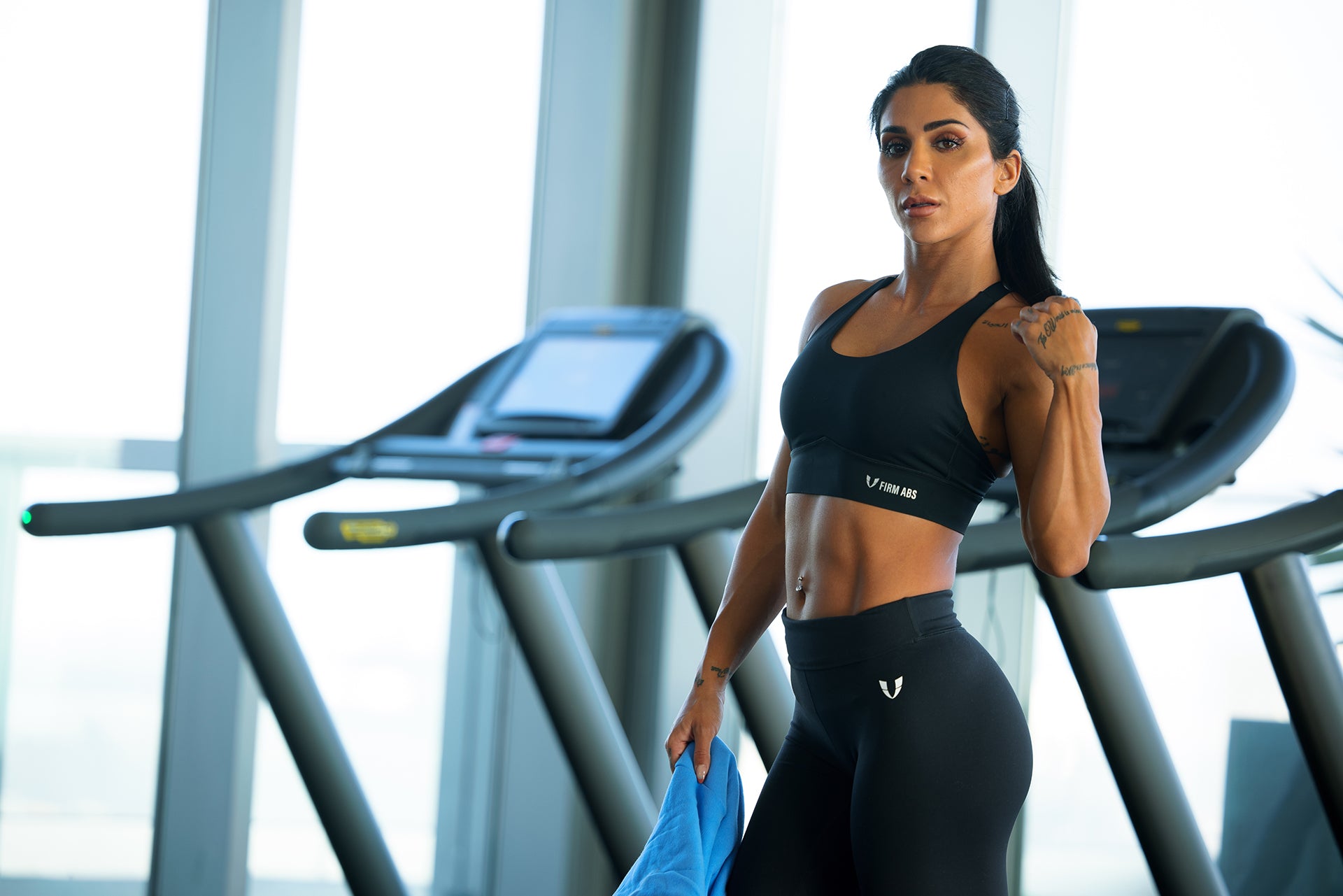
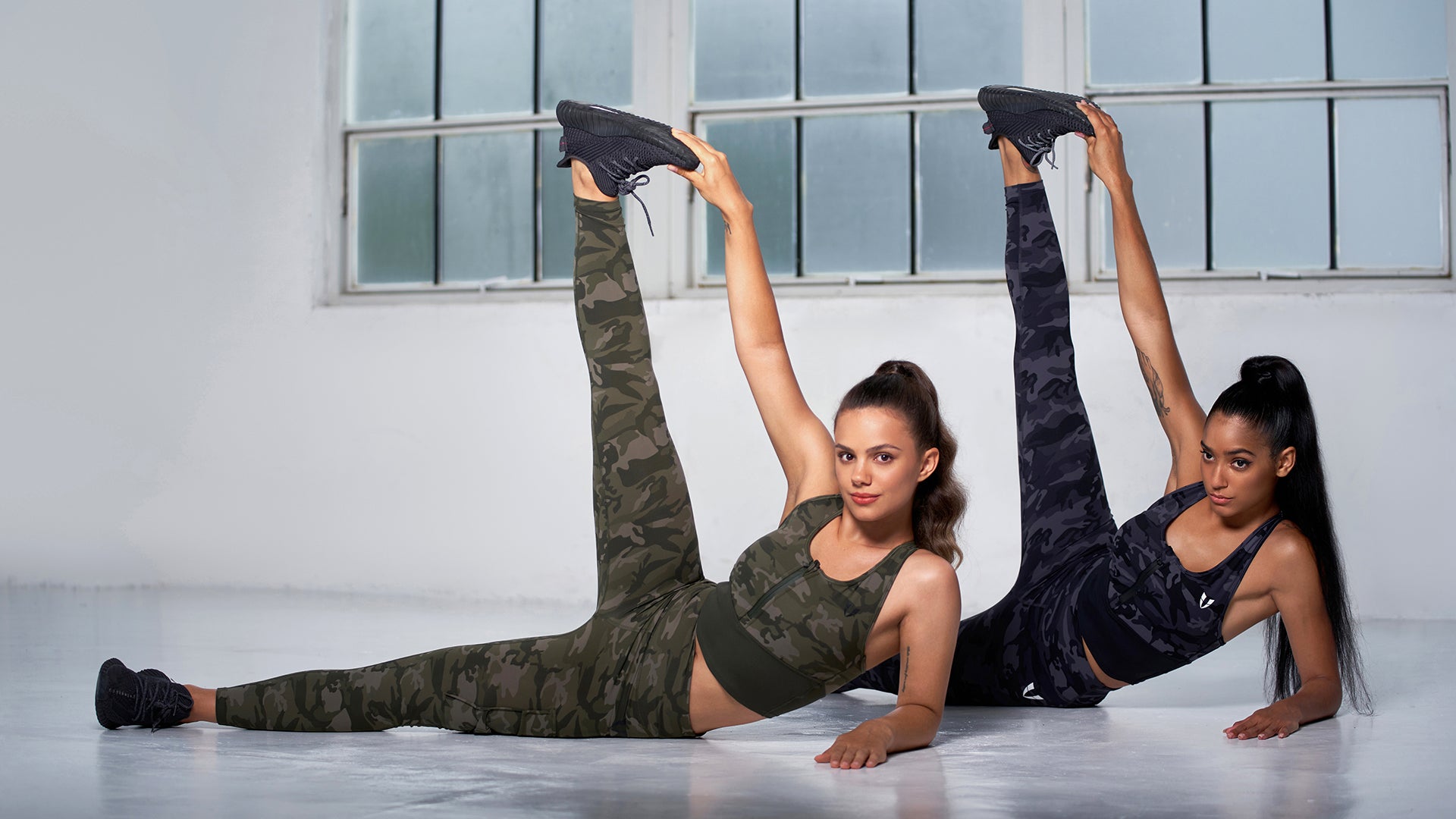
Leave a comment
This site is protected by hCaptcha and the hCaptcha Privacy Policy and Terms of Service apply.